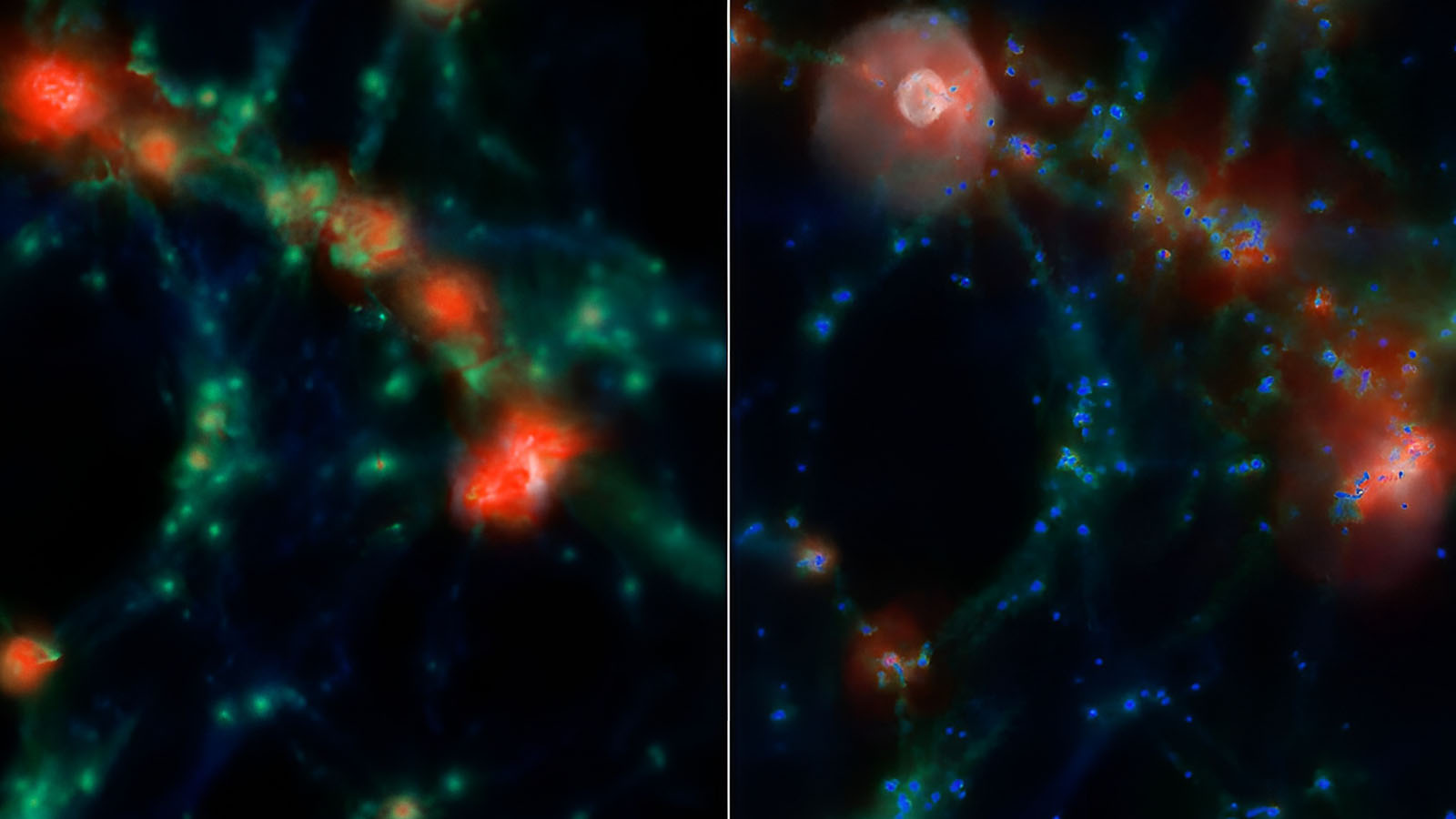
A recent study published in the Astrophysical Journal revealed that galaxies located in denser environments are up to 25% larger than those in less dense regions, based on an analysis of 8 million galaxies. This discovery helps resolve long-standing debates about how a galaxy’s size relates to its surrounding environment.
The research used a machine-learning tool, GaMPEN, to process large astronomical datasets more efficiently and accurately than previous methods. The findings are significant for understanding galaxy evolution and could improve future astronomical surveys. This work also emphasizes the relationship between galaxy structure and other factors like star formation rates, supermassive black hole activity, and dark matter distribution.
The finding emerged from the researchers’ previous development of a massive catalog of the shapes and sizes of 8 million galaxies. It offers a comprehensive look at the connection between a galaxy’s structure and environment.